Public Communication
Public communication happens when a person or a group of people gather and start sharing information to an audience or give a presentation on certain topics to deliver a message.
We should indulge in finding a more in-depth meaning of public communication below.
Contents
General Information
To make it more simple to understand, public communication happens when a person stands in front of the audience and engage in dialogue to deliver a message. Public communication requires:
- public speaker - the person that talks and shares the information; gives the presentation.
- an audience - the group of people than listen and want to find out what is told by public speakers
- the channel used to deliver the message (audio, video, visual presentation)
- logistics (optional) to present the message visually and/or audio
- the message it delivers by speaking/communicating the message
Here are some examples of public communication, represented visually:
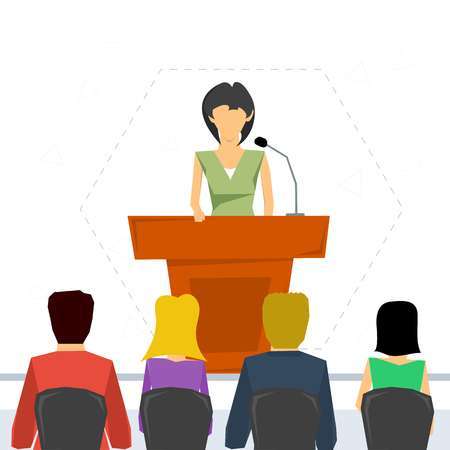
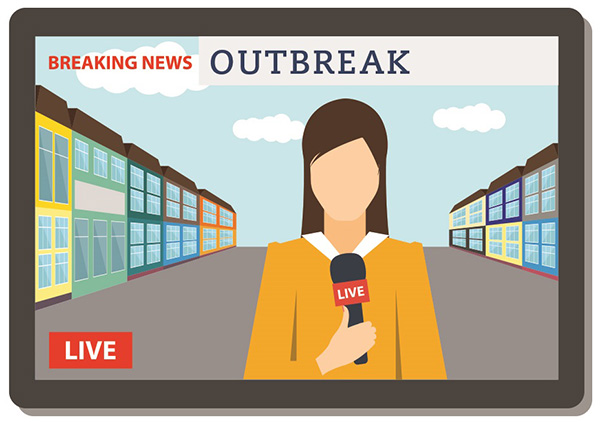
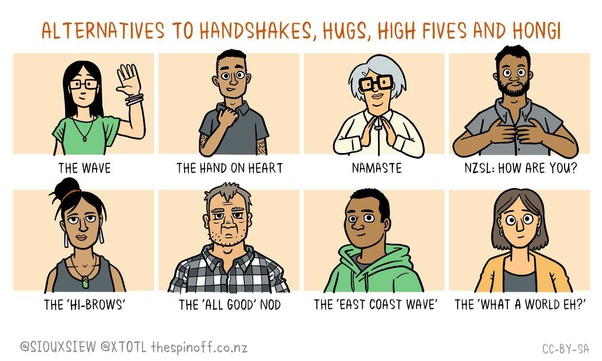
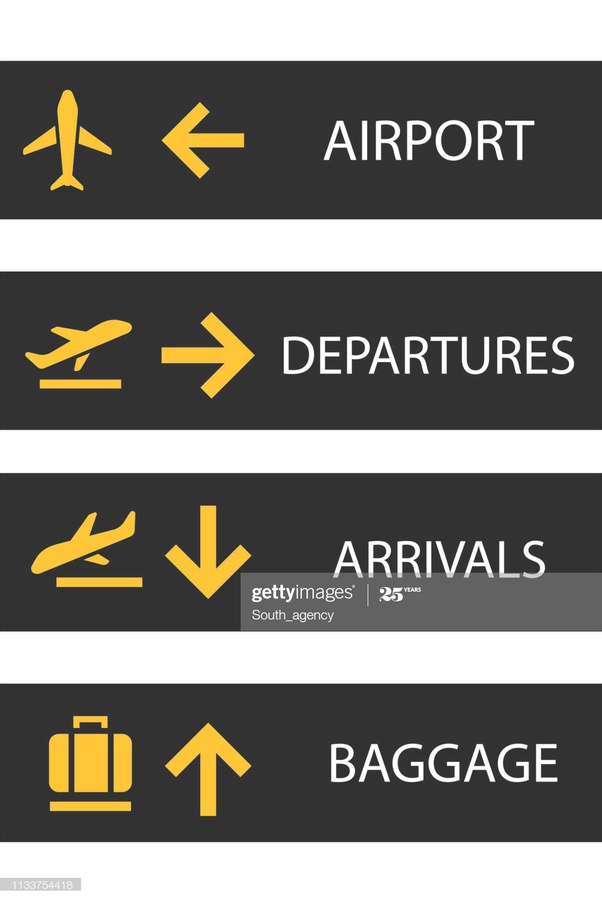
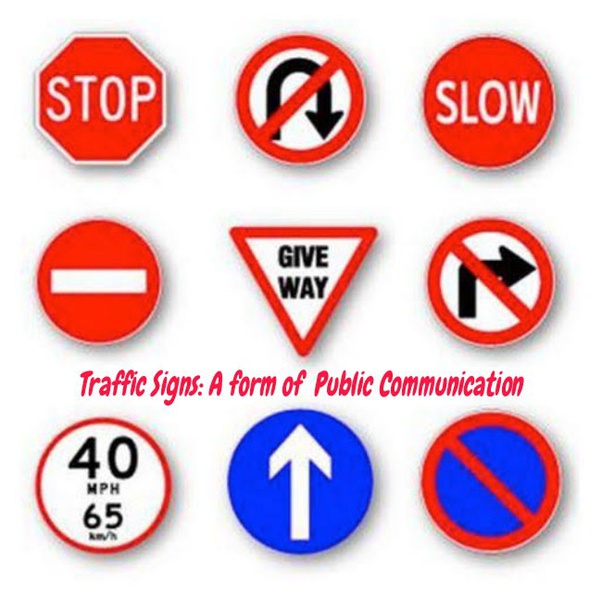
As you can see, public communication comes in all forms and dimensions.
What is the purpose of public communication?
The purpose of public communication is to deliver a message, news, a piece of information that people/audience could learn from. Public communication is used to inform & persuade, built relationships, form connections, and create a network.
Public communication helps us stay in touch with everything that happens around us. It is important to be open to communicate and share information.
Communication is the backbone of our society.
There are 3 reasons why public communication is important: [1]
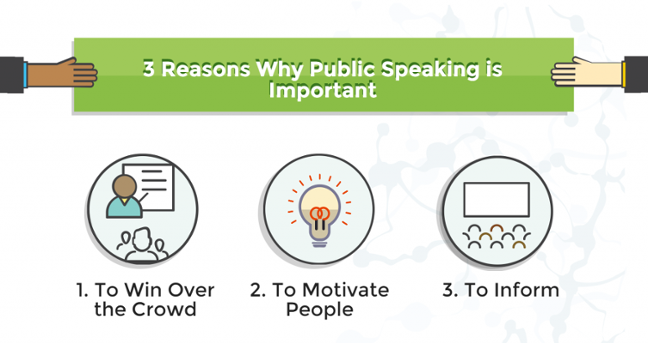
What are the types of public communication?
We've been exposed to thousands of situations of mass communications. Some examples of public communication happen through public speaking events, conferences, seminars, press conferences and so on.
Newspaper editorials and billboard advertisements are other forms of public communication. Mass media (newspapers, magazines, radio, TV) are a powerful tool of public communication.
There are three types of public communication: [2]
- Speaking to Inform (informative, argumentative speech)
- Speaking to Persuade, Motivate, or Take Action (persuasive, argumentative, controversial, policy speeches)
- Speaking to Entertain (funny, special occasion speeches)
Relevance to Public Relations
Public Relations is a strategic process of managing communication between an organization and its audience. Since communication is the way PR works, public communication falls into this category.
PR is about sending the right messages to the right place and the right people, creating a stronger brand reputation. [3] Using public communication the brand can send that message to the right people.
What skills does a PR person need?
A person that works in PR it has to have public speaking skills and communication skills (both orally and in writing) before everything else. Plus, the person has to have knowledge of the PR industry and trends. The full list of PR skills includes:
- Strategic communication skills
- Interpersonal skills
- Presentation skills
- Knowledge and research
- Strategic thinking
- Social Media savy
- Initiative
- Ability to prioritize and plan effectively
- Awareness of different media agendas
- and others depending on the job and business
References
- ↑ PAN Communications, 3 Reasons Why Public Speaking is Important, 2014, https://www.pancommunications.com/blog/3-reasons-why-public-speaking-is-important/.
- ↑ My Speech Class, Types of Public Speaking, 2017, https://www.myspeechclass.com/speech-speaking-types.html.
- ↑ 5W Public Relations, What is Public Relations and why is it important?, 2020,https://www.5wpr.com/new/what-is-public-relations-and-why-is-it-important/.